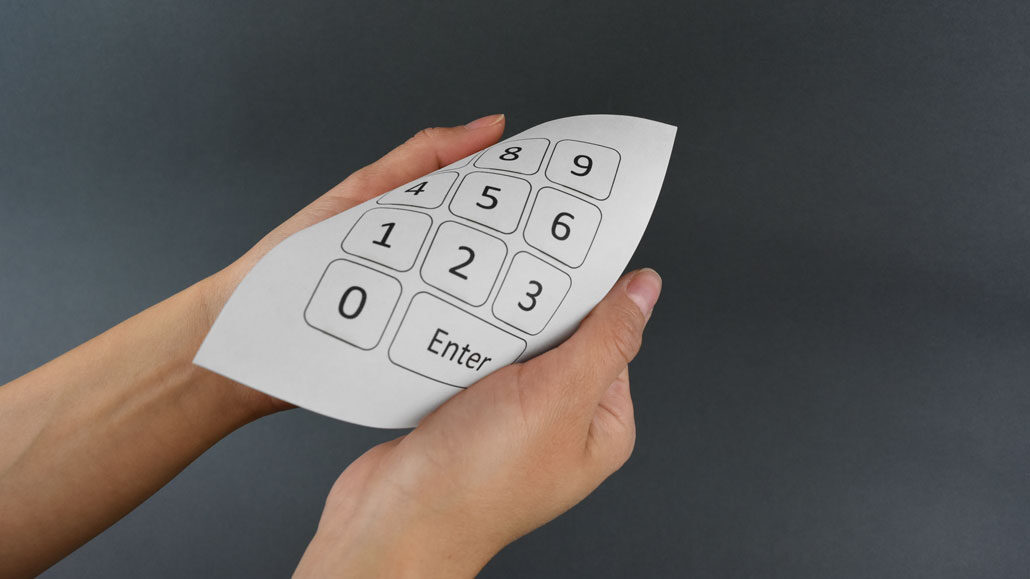Questions for “Ordinary paper turns into flexible human-powered keypad”

If you had a device made out of the new electronic paper, you could fold it up, stick it in your pocket, and take it to the beach. It resists sand and water and it’s “cheap and easy to replace,” says Sala de Medeiros.
Purdue University